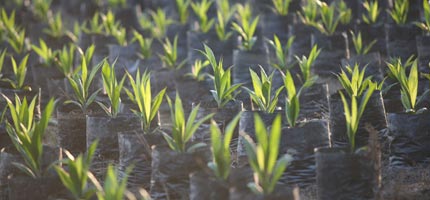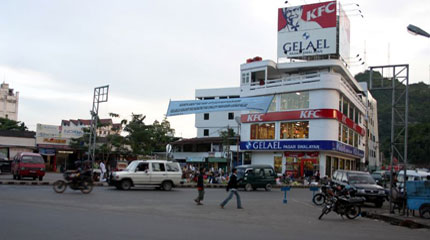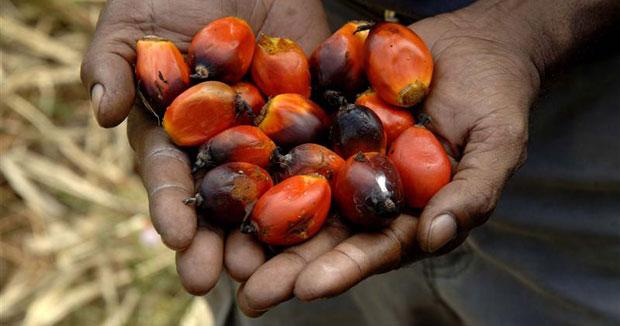
Indonesia: oil palm saplings are still replacing peatlands and rainforest
Cooking oil, chocolate, soap, washing powder, cosmetics and biofuels are just a few of the hundreds of products reliant on one key ingredient - palm oil. Demand for this versatile oil is rising rapidly. Today 80 per cent of world production comes from plantations in Indonesia and Malaysia. Palm oil is the leading cause of destruction in Indonesia, where it is spelling disaster for local communities, biodiversity, and climate change as palm plantations encroach further and further into rainforest and critical peatland areas.
These issues are meant to be addressed by the Roundtable on Sustainable Palm Oil (RSPO), the self-regulating industry body created in 2001 to develop sustainable solutions to palm oil production. To date, despite seven years of existence, no "sustainable" palm oil has entered the market place appearing in products of its members (who include household names like Boots and BP). But that's supposedly now about to change as the first certified palm oil shipment from Malaysia arrives this week in Rotterdam.





